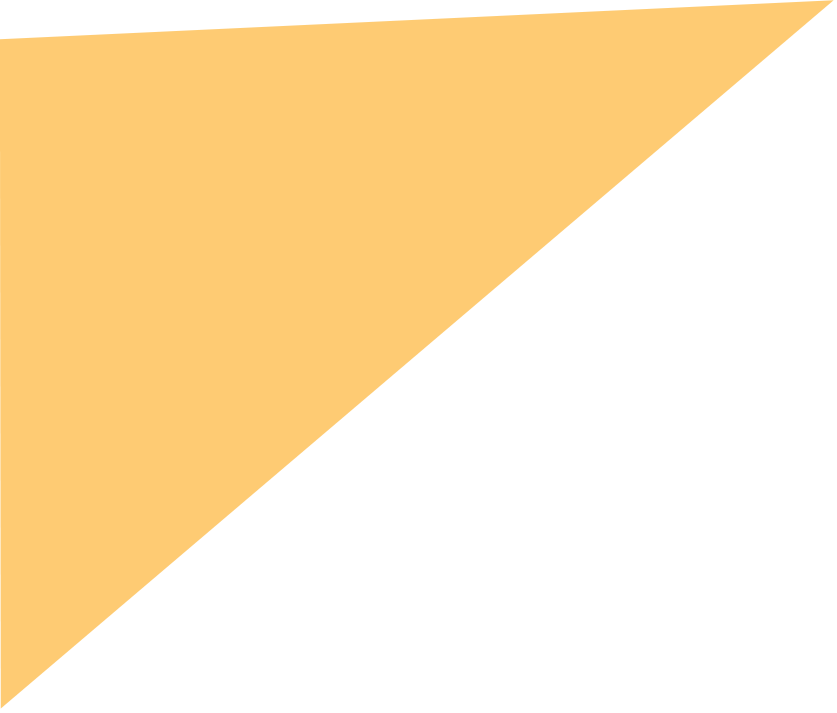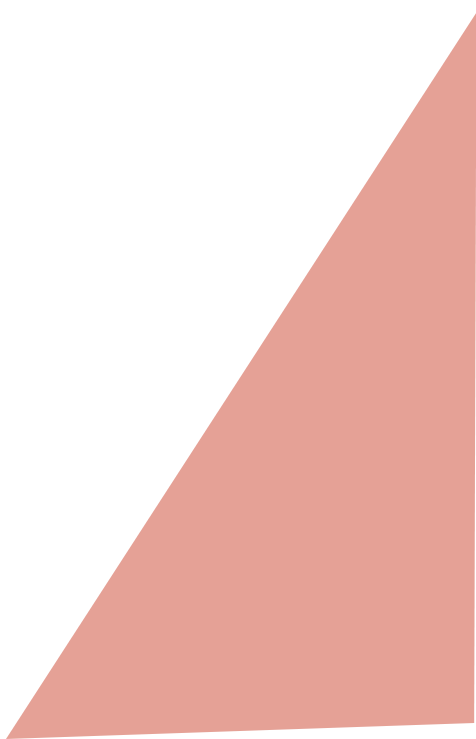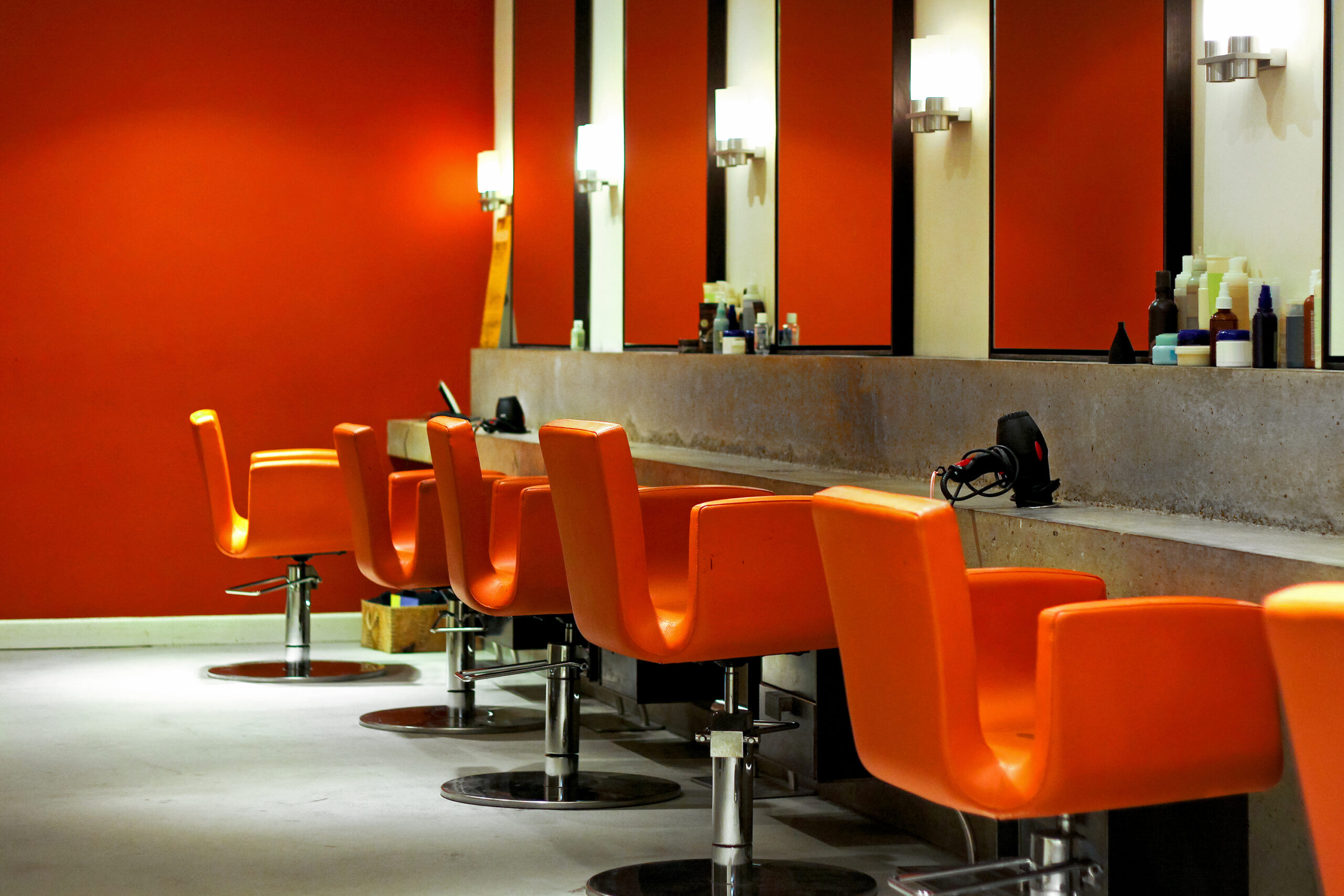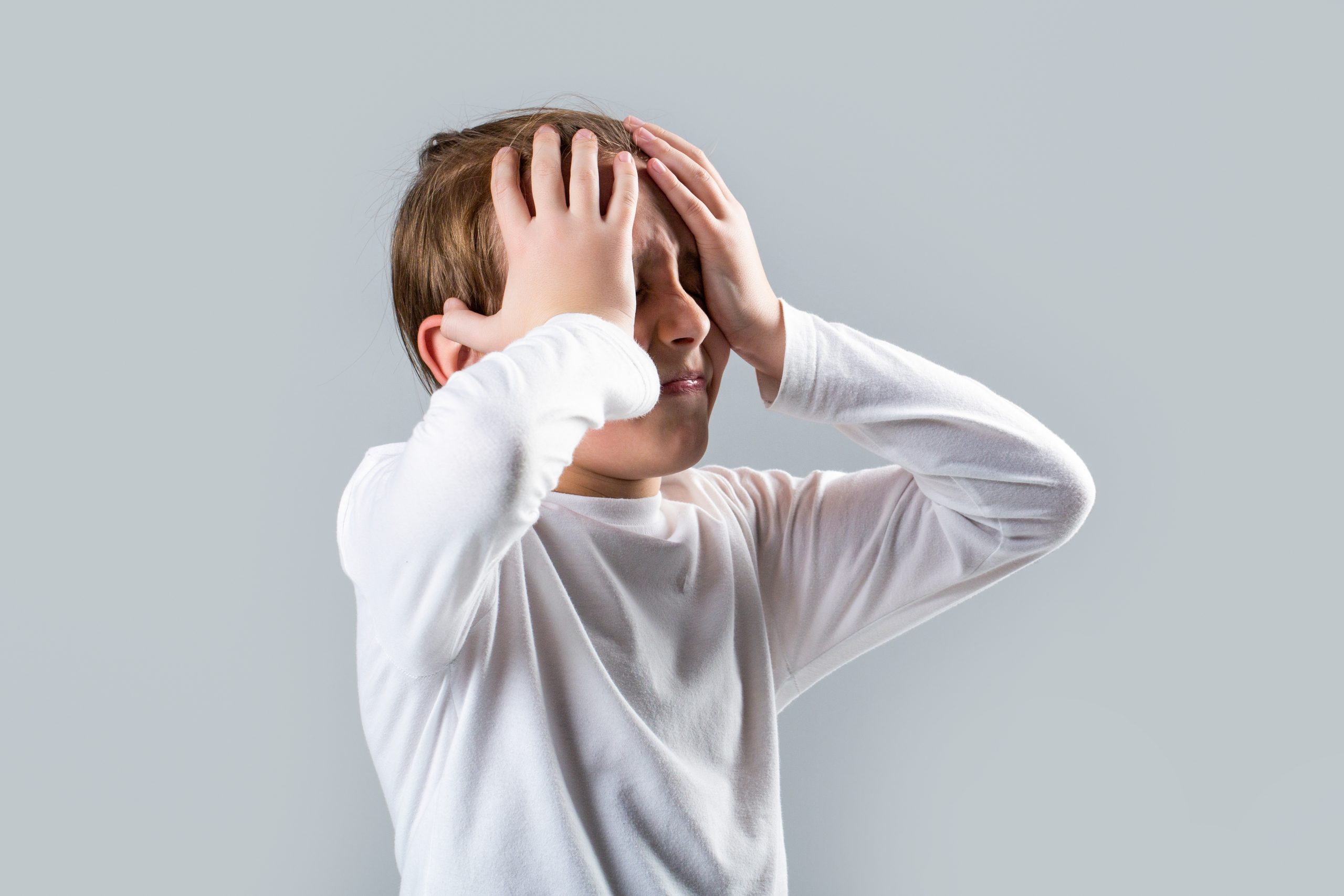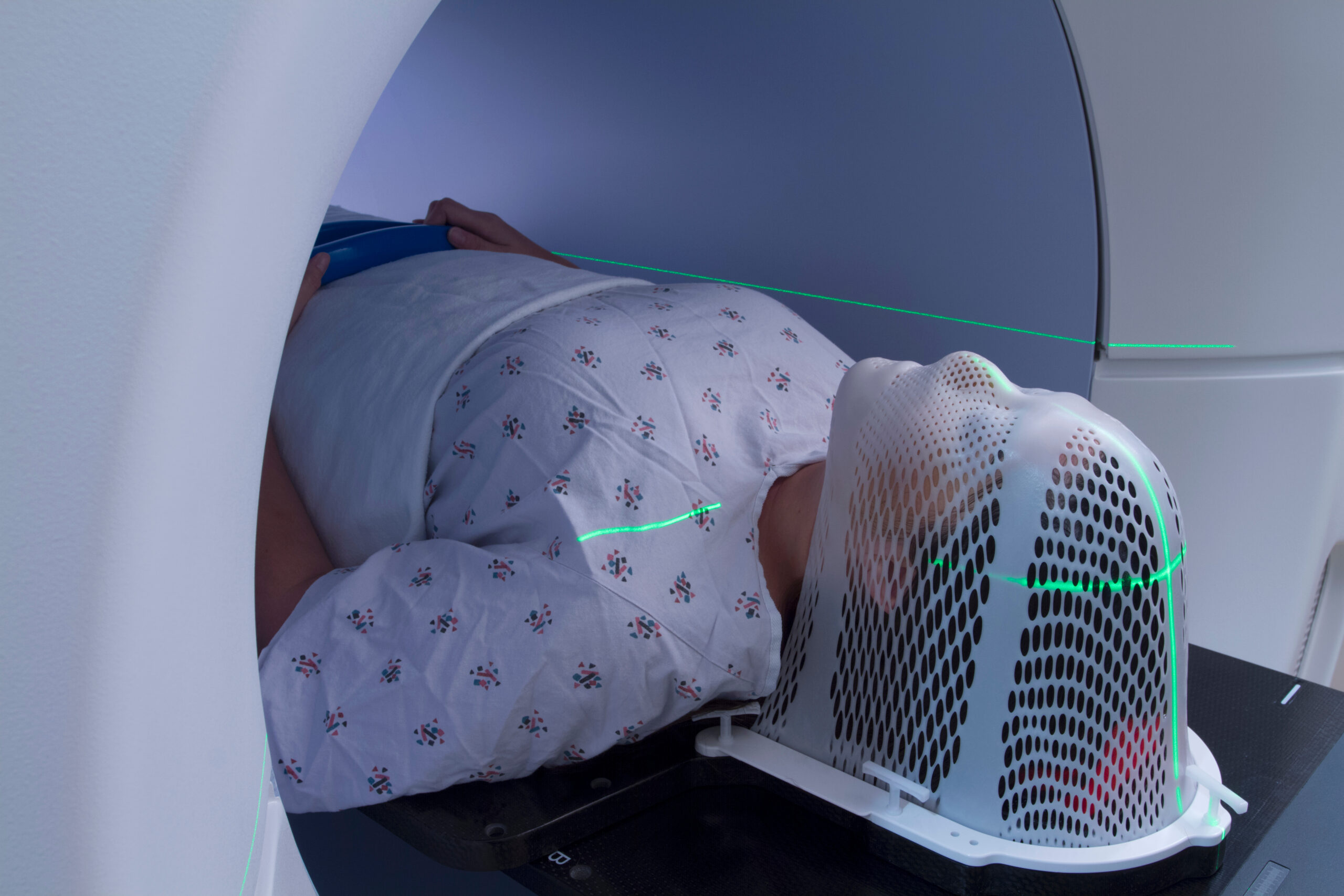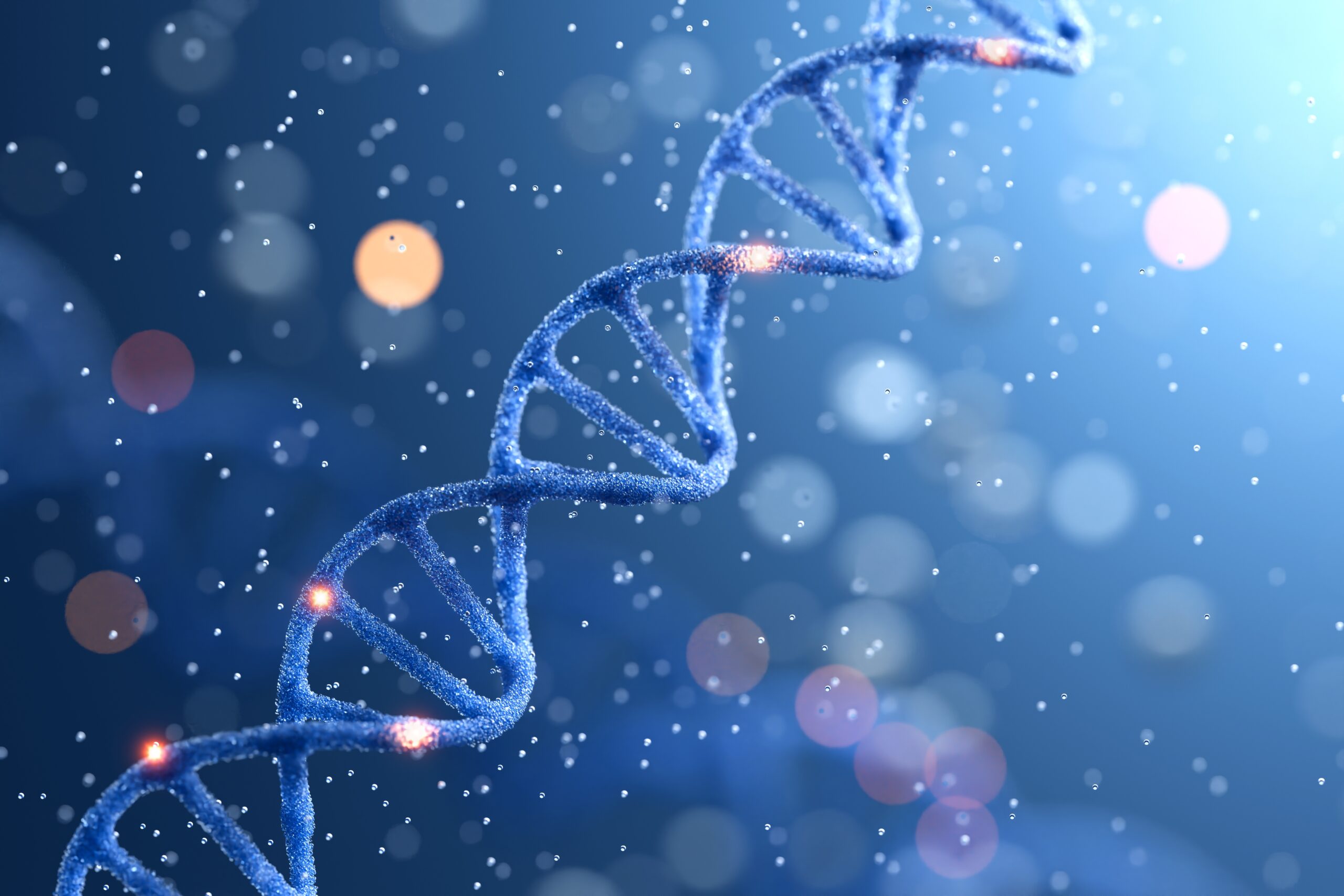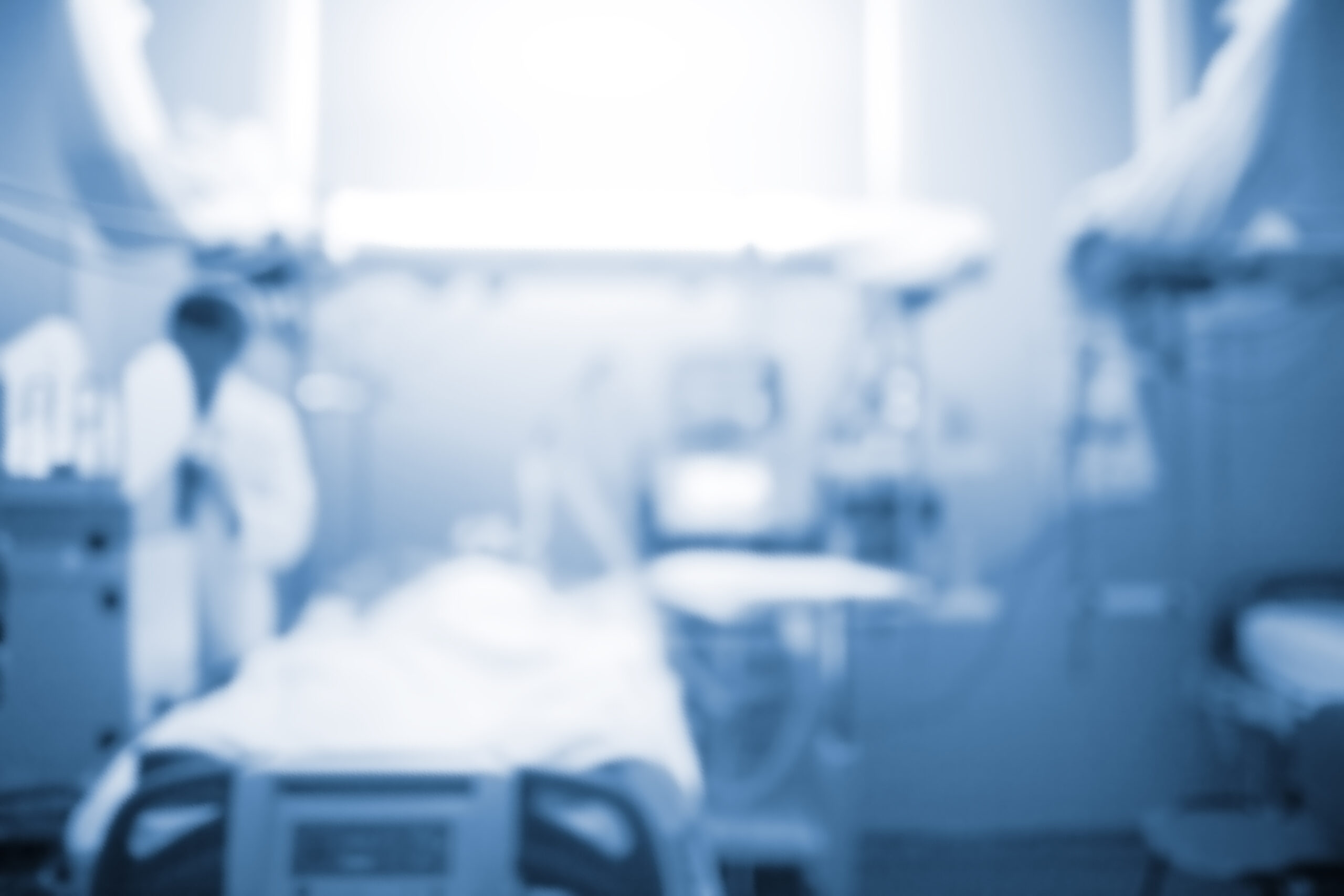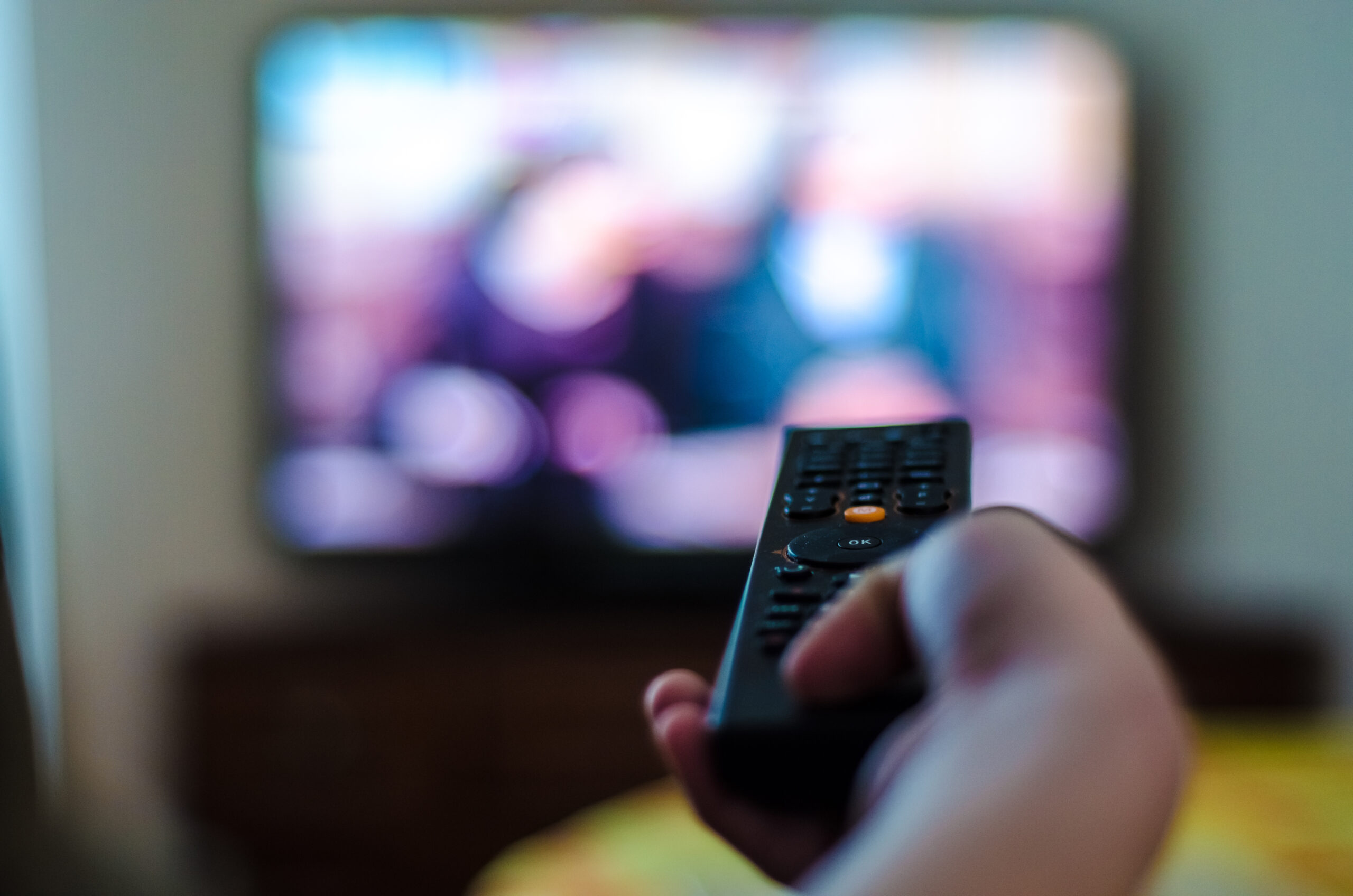Beauty Parlor Stroke Syndrome threatens a beloved self-care routine, raising concerns about salon safety among women.
Story Highlights
- Beauty Parlor Stroke Syndrome (BPSS) poses a rare but serious risk during salon visits.
- The condition primarily affects women, with 80% of documented cases.
- BPSS results from neck hyperextension during shampooing, causing stroke-like symptoms.
- Awareness and proper positioning can mitigate risks associated with BPSS.
BPSS: A Hidden Danger in Salons
Beauty Parlor Stroke Syndrome (BPSS) is a rare vascular condition that can occur during routine salon hair-washing when the neck is hyperextended over a rigid basin. The position can compress vertebral arteries, leading to stroke-like symptoms or even actual strokes. First identified in 1993 by neurologist Michael Weintraub, BPSS has been documented in 54 cases over nearly five decades, with 42 cases originating in beauty salons.
The unexpected danger of BPSS contrasts with the perceived safety of salon visits, particularly affecting women. Approximately 80% of documented cases involve female clients, with ages ranging from teenagers to seniors. The condition underscores the need for increased awareness among salon professionals and clients, emphasizing the importance of proper neck support and positioning during hair-washing procedures.
Rare neck condition could turn salon hair-washing into dangerous stroke risk https://t.co/Pzkc9cor2p
Dont forget to Join https://t.co/k1spYPHIl9— News Span Media (@newsspanmedia) October 8, 2025
Understanding the Medical Mechanism
BPSS occurs when prolonged neck hyperextension compresses or damages vertebral arteries that supply blood to the brain. This can result in arterial dissection, where a tear in the artery wall may form a blood clot, leading to an ischemic stroke. Factors such as cervical spine arthritis or individual anatomical variations can exacerbate these risks, although the condition remains extraordinarily rare.
Despite its rarity, BPSS represents a significant concern due to its potential severity. Neurological symptoms may include severe headache, dizziness, blurred vision, nausea, and unilateral paralysis. These symptoms might occur immediately or be delayed, complicating diagnosis and treatment. Awareness among medical professionals and clients is crucial for early detection and intervention.
Industry and Public Response
Recent publications, including a comprehensive 2025 review in The American Journal of Emergency Medicine, have renewed attention on BPSS. This has led to increased public health awareness and calls for improved safety protocols within the beauty industry. Salon owners and hairstylists are encouraged to implement ergonomic solutions and train staff on safe positioning techniques to minimize neck hyperextension risks.
Clients with pre-existing conditions, such as hypertension or cervical arthritis, should exercise caution or request additional neck support during shampooing. While the absolute risk per salon visit is low, informed clients and professionals can significantly reduce the likelihood of BPSS occurrences.
Sources:
Beauty Parlour Stroke Syndrome: The Hidden Risks Behind a Hair Wash
Salon Hair Wash Could Lead to Strokes, Warns Expert
Rare Neck Condition Could Turn Salon Hair-Washing Into Dangerous Stroke Risk
Beauty Parlor Stroke Syndrome: Causes, Symptoms, Prevention


